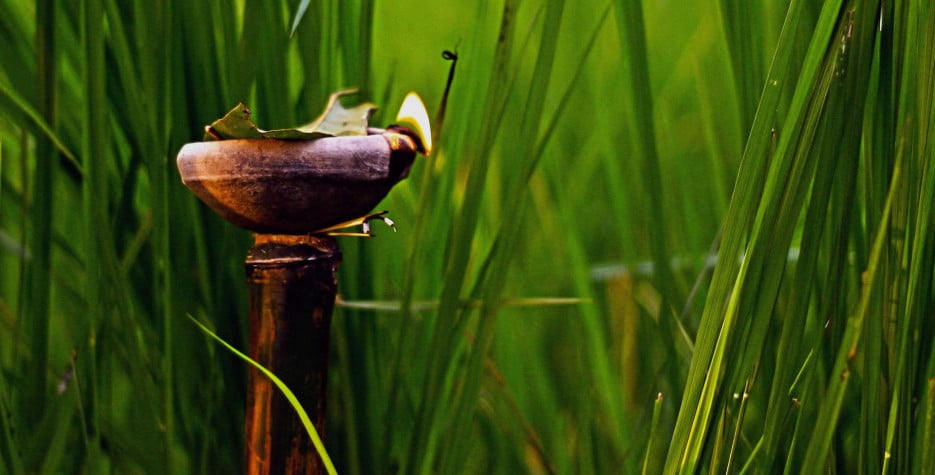When is Kati Bihu?
Kati Bihu is a regional public holiday in the Indian state of Assam on the first day of the month of Kati (Kartik) in the Assamese calendar.
History of Kati Bihu
Bihu are three festivals held in Assam; Bhogali or Magh Bihu is observed on January 13th or 14th, Rongali or Bohag Bihu is observed on April 14th or 15th, Kongali or Kati Bihu is observed in October.
All three of the Bihu are related to agriculture. The other two Bihu mark key dates in the harvest. This Bihu is celebrated during the time of relocation of the rice sapling - Kati means "cut".
Kati Bihu is also called Kongali ("Poor") as the granaries are usually empty and there is not much to eat at this time of the year.
This means Kati Bihu is not as flamboyant a festival as the other Bihus and the festivities are more sombre in nature.
This Bihu is celebrated by the lighting of lamps or saaki (candles) in different parts of the house. The main lamp is lit in the courtyard near the sacred Tulsi plant.
The Tulsi plant is considered to be very auspicious in Hinduism. The plant is known to possess various medicinal properties that can cure a person of various ailments.
For Kati Bihu, the plant is cleaned and is placed on an earthen platform called a "Tulsi Bheti". Offerings and prayers are made to the Goddess Tulsi for the wellbeing of the family and for a good harvest. This formal procedure continues for the whole month of Kati.
In the paddy fields, farmers light a special type of lamp, called 'Akaxh Banti' (Sky candle). These mustard oil lamps are placed high on the tips of tall bamboo poles. It is believed these lamps are lit to guide ancestors to heaven, though they serve a practical purpose by drawing insects to the flame and their doom, which helps keep the crops healthy.


